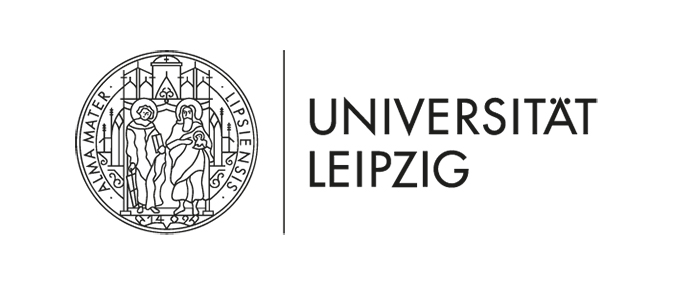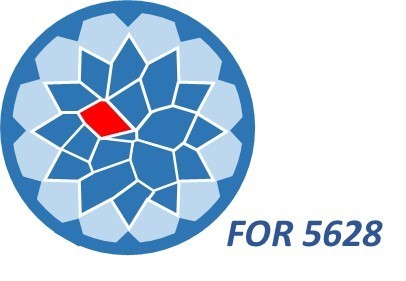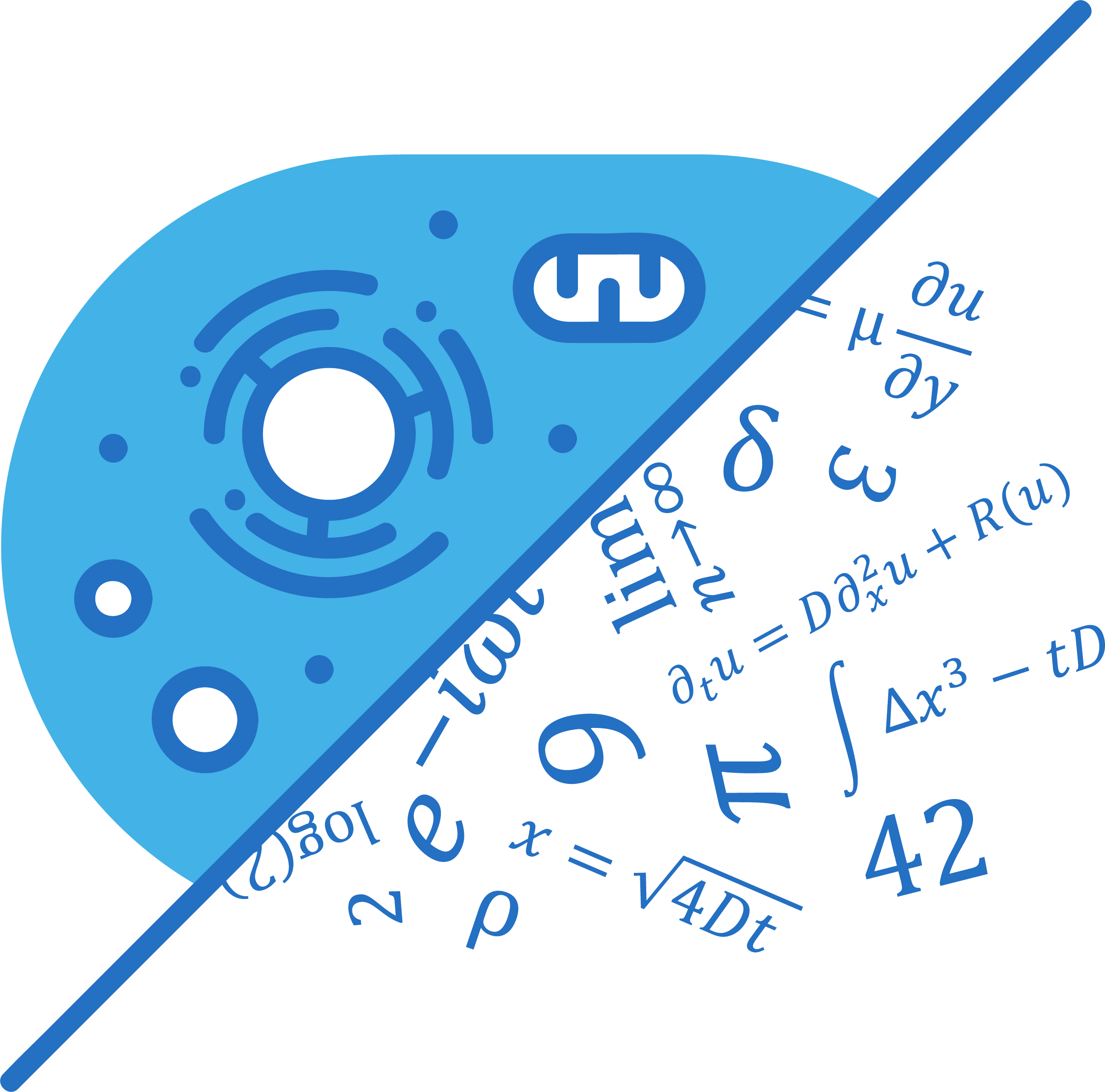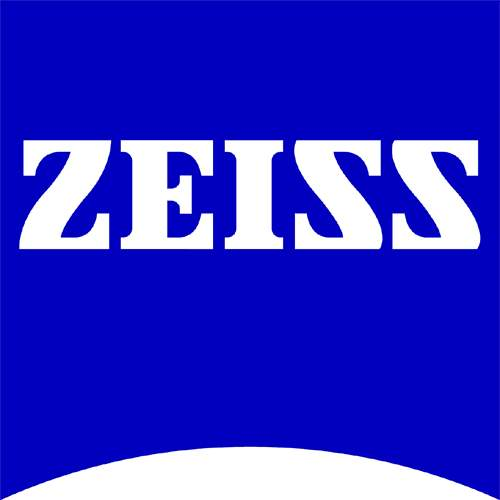|
15th Annual Symposium Physics of Cancer Leipzig, Germany Sept. 30 - Oct. 2, 2024 |
PoC - Physics of Cancer - Annual Symposium | |||||||||
|
|
Poster
Immune cells generate traction forces during transient migratory rest periods
Contact: | Website
Immune cells such as NK cells and T cells are able to leave the bloodstream and migrate through dense connective tissue in order to reach inflammatory sites. Time-lapse imaging reveals that, at any given time, not all immune cells are motile. Rather, individual immune cells show transient migratory arrest periods (TMAPs) and switch between motile and non-motile phases. At the population level, the switching behaviour results in an approximately constant fraction of motile cells. However, why individual cells enter and exit TMAPs is not fully understood. We hypothesize that cells become transiently immobile upon encountering obstacles, resuming migration once these obstacles are overcome.
To explore the dynamics of TMAPs, we use long-term time-lapse imaging and 3D traction force microscopy to track the movements and force generation of individual immune cells in 3D reconstituted collagen gels. For NK92 cells, we find that the lengths of motile phases follow an exponential distribution, indicating that cells randomly encounter obstacles, such as locally denser regions or narrow pores within the collagen gel. To become motile again, the cell has to either navigate around the obstacle or exert traction forces to overcome the steric hindrance. To further investigate the role of traction forces during and particularly at the end of TMAPs, we quantified strength and polarity cell-induced matrix deformations using 3D traction force microscopy. Our analysis reveals that immune cells generate traction forces during TMAPs and that these forces become more polarized as cells "break free" from TMAPs. This suggests that both cell polarity and contractility are needed to overcome steric hindrance in mechanically challenging environments. |









